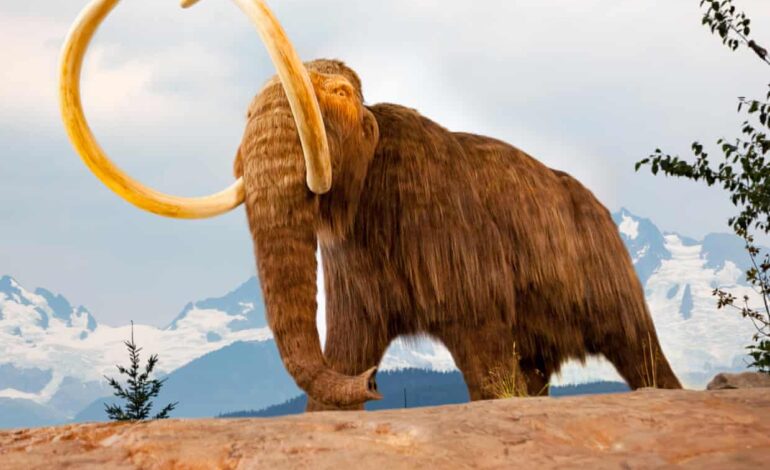Scientists Uncover Ancient Life Through Innovative DNA Techniques

Fossilisation is a rare event in nature, with most living organisms vanishing without leaving a trace. However, in specific environments, the DNA from these organisms can become embedded in soil and rock, preserving markers of their existence for hundreds of thousands or even millions of years. Recent advancements in the study of sedimentary DNA, known as sedaDNA, are allowing scientists to reconstruct a more detailed picture of past environments and the organisms that inhabited them.
Research led by Tony Brown from the University of Southampton highlights the potential of sedaDNA to rewrite our understanding of ancient ecosystems. In his article published in Geoscientist, Brown explains that under optimal conditions, DNA can be incorporated into mineral structures and preserved over geological time. This process enables scientists to identify traces of long-extinct species, including woolly mammoths, which were believed to have disappeared from the Arctic much earlier than actual records suggest.
Revealing Hidden Histories
The analysis of sedaDNA is not limited to large mammals. It also offers insights into soft-bodied creatures that typically do not fossilise, such as worms. Every living organism leaves behind genetic material in various forms, including skin flakes, hair, faeces, urine, pollen, and decaying tissue. These remnants become crucial evidence for understanding historical biodiversity and ecosystem dynamics.
In a significant finding, researchers in Norway successfully matched sedaDNA with ancient rock paintings of animals found on cave walls. This groundbreaking work demonstrates how genetic analysis can corroborate historical artistic representations, providing a more comprehensive understanding of ancient life.
Brown and his team are currently engaged in the PortGEN project, which involves examining sedaDNA from sediments collected at ancient ports, including those from Rome and Venice. This research aims to reveal new insights into the lives and environments of ancient civilisations, shedding light on how human activities shaped these regions over time.
The Future of DNA Research
The implications of sedaDNA research are vast and varied. By uncovering the genetic signatures of past ecosystems, scientists can gain valuable perspectives on climate change, species extinction, and environmental shifts. Furthermore, this methodology opens avenues for exploring periods and locations that were previously thought to be devoid of substantial biological evidence.
The capabilities of sedaDNA are still being explored, but its potential appears immense. As researchers continue to develop techniques for extracting and analysing ancient genetic material, they are poised to revolutionise our understanding of history and the natural world. The ongoing work of Brown and his colleagues not only advances scientific knowledge but also highlights the intricate connections between past and present ecosystems.
As this field of study evolves, it promises to provide richer narratives about the Earth’s history, bridging gaps in our understanding of life on the planet.






